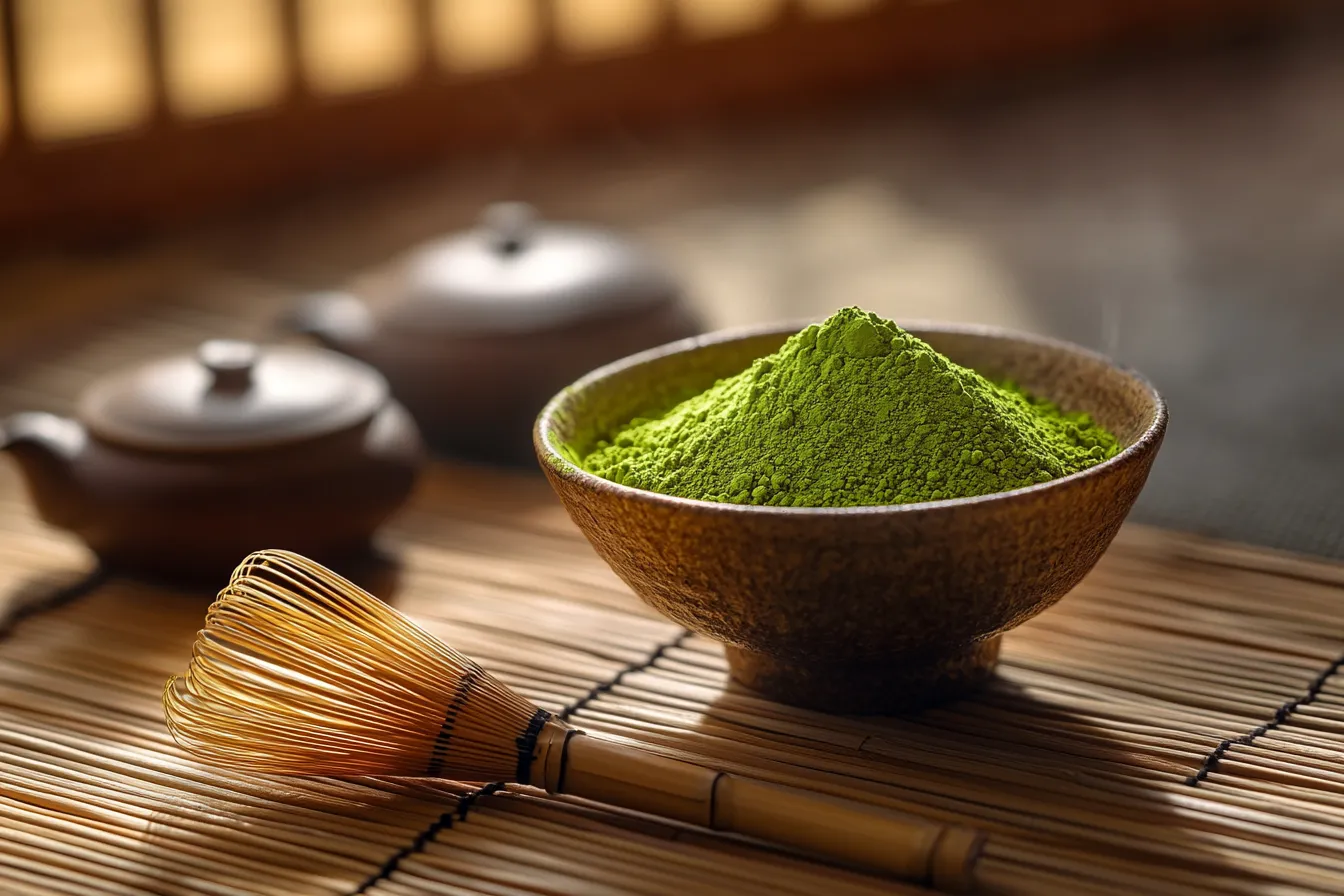Introduction
Matcha has become one of the most buzz‑worthy wellness trends in recent years, capturing the hearts (and Instagram feeds) of coffee substitutes, health lovers, and busy professionals around the globe. This fine, vibrant matcha green tea powder is touted as a natural energy booster, stress mender, and antioxidant powerhouse. Yet, despite soaring demand, a global supply shortage is tightening the market, pushing prices up and forcing beloved cafés and matcha bars to limit
In this article, we dive deep into what matcha really is, why it’s trending so hard right now, and the health benefits supported by research. We’ll also explain the causes behind the current supply crunch, share expert tips for brewing or baking with matcha at home, and spotlight how to avoid scams or low‑quality powders. Additionally, you’ll find smart SEO strategies, external linking ideas, and practical FAQs to make this blog rank high for the keyword matcha — offering helpful, human‑friendly text that also wins the search engine game.
What Is Matcha?
Origins & History
Matcha is more than just powdered green tea—it’s a revered tradition rooted in centuries-old Japanese and Chinese cultures. The origins of matcha can be traced back to the Tang Dynasty in China (7th–10th centuries), where tea leaves were steamed and formed into bricks for easy transport. Eventually, this practice evolved into grinding the leaves into a fine powder, which Buddhist monks later brought to Japan.
In Japan, matcha became central to the chanoyu, or traditional tea ceremony. Over time, it gained cultural and spiritual significance, prized for its meditative properties and ceremonial elegance. The use of matcha in Zen Buddhism helped monks stay calm and alert during long periods of meditation, thanks to the unique balance of caffeine and L-theanine—a calming amino acid found in green tea..Matcha Iced Latte Recipe
Today, matcha is produced predominantly in regions like Uji (Kyoto Prefecture), Nishio (Aichi), and Yame (Fukuoka), where climate, soil quality, and shading techniques contribute to its superior taste and quality.
How Matcha Is Made
Producing matcha is a meticulous process that sets it apart from regular green tea. The highest-quality matcha starts with shade-grown leaves, typically from the tencha plant. About three weeks before harvest, farmers cover the tea bushes to block out sunlight. This encourages the plants to produce higher levels of chlorophyll, giving matcha its rich green color and increased amino acid content.
Once harvested, only the youngest, most tender leaves are selected. The leaves are then steamed briefly to halt fermentation, air-dried, and de-stemmed before being stone-ground into an ultra-fine powder. The traditional grinding process is slow and precise—just 30 grams can take up to an hour to produce.
There are two main grades of matcha:
- Ceremonial Grade – Bright green, smooth, and delicate in flavor. Used in tea ceremonies and best consumed with water only.
- Culinary Grade – Slightly more bitter and robust. Ideal for cooking, lattes, and baking.
This refined production method contributes to matcha’s premium pricing and limited supply—a major reason why the recent demand surge has sparked a global shortage..Kratom Drink Recipes
Why Matcha Is So Popular Today
Social Media & Celebrity Trends
One look at Instagram, TikTok, or Pinterest reveals how matcha has evolved into a cultural icon. From matcha lattes with oat milk to iced matcha with collagen boosts, it’s not just a drink—it’s a lifestyle. Influencers and celebrities like Gwyneth Paltrow, Billie Eilish, and Kourtney Kardashian have touted its health perks, fueling mainstream interest and viral trends.
On TikTok alone, #matcha has amassed over 2 billion views, with videos showing how to make iced matcha, aesthetic morning routines, and even “dupe” recipes for famous coffeehouse matcha drinks. The visual appeal—vibrant green, frothy, and photogenic—adds to its allure in the era of food as content.
In short, matcha is not only functional but fashionable. Its rise aligns perfectly with modern wellness culture that values clean energy, organic ingredients, and mindful rituals.
Global Demand Surge
Matcha’s boom isn’t just digital hype—it’s backed by real numbers. According to recent industry data, the global matcha market was valued at $3.3 billion in 2023 and is projected to grow by more than 8% annually through 2030. Countries like the U.S., UK, Australia, and Canada are seeing massive upticks in imports and retail sales.
But this spike in consumption is clashing with limited production. Authentic matcha production—especially ceremonial grade—takes years of cultivation, and only a handful of Japanese regions produce it at scale. Small farms are being overwhelmed. As highlighted in Time Magazine’s matcha feature, several cafés and grocery chains across the U.S. have either sold out or raised prices due to delays and low supply.
This global demand, paired with climate change’s impact on tea farming, has led to what some experts are calling a “green gold rush.” Importers, wellness companies, and independent cafés are scrambling to secure supply chains before prices soar further.
External Links to Include in This Part:
- Time.com – Matcha Supply Shortage (anchor text: global matcha shortage)
- Wikipedia – Matcha (anchor text: history of matcha)
- Healthline – Benefits of Matcha (anchor text: health benefits of matcha)
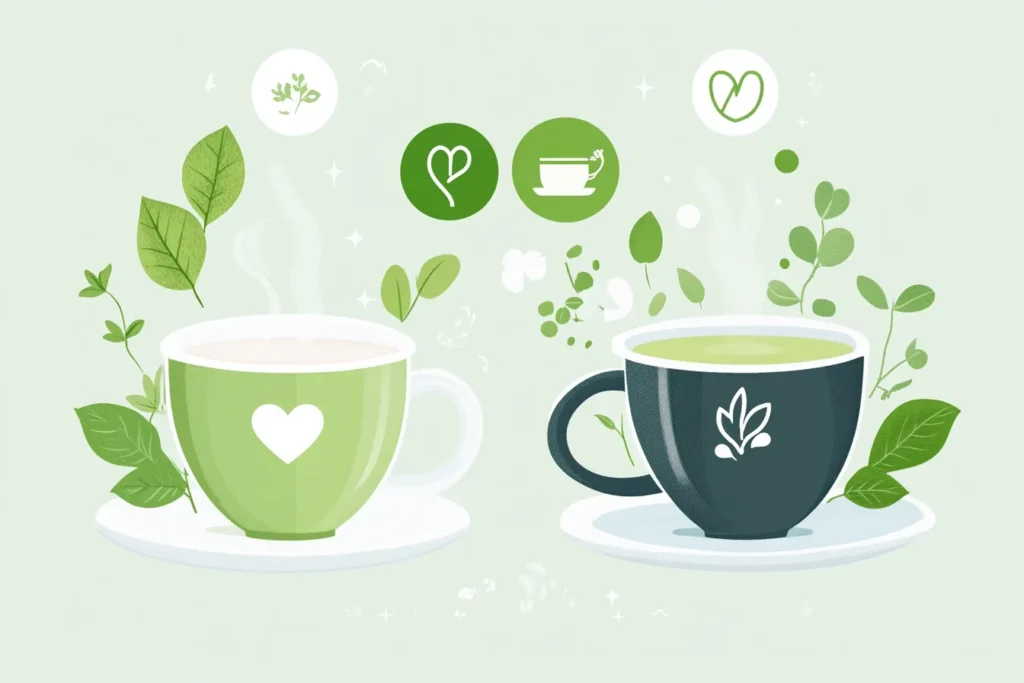
Health Benefits Backed by Research
High Antioxidants & EGCG
One of the most praised aspects of matcha is its exceptionally high antioxidant content. Matcha contains a category of antioxidants known as catechins, particularly epigallocatechin gallate (EGCG), which is widely researched for its role in fighting inflammation and preventing chronic diseases.
According to a 2020 study published in Antioxidants, matcha can contain up to 137 times more EGCG than regular green tea. These compounds help neutralize free radicals in the body, potentially lowering the risk of illnesses such as heart disease, cancer, and neurodegenerative conditions like Alzheimer’s.
Additionally, antioxidants in matcha contribute to skin health, helping to protect against UV radiation and premature aging. That’s one reason why matcha is now not only consumed but also used topically in skincare.
Mental Focus, L-Theanine & Calm Energy
While coffee is often associated with energy spikes and jitters, matcha offers a more balanced, longer-lasting mental boost. That’s thanks to L-theanine, an amino acid almost exclusive to green tea, especially matcha.
L-theanine promotes alpha brain wave activity, which is linked to calm alertness and better focus. Studies show that when L-theanine is combined with caffeine, it can improve reaction time, attention, and memory, making matcha an excellent option for students, remote workers, and anyone needing deep focus without anxiety.
This synergy results in what fans call the “matcha high”—a state of peaceful productivity lasting 4–6 hours, unlike the sharp energy crashes that come with coffee.
Cardiovascular & Metabolic Impact
Heart health is another area where matcha shines. A review published in the Journal of Clinical Nutrition found that green tea drinkers had significantly lower risks of cardiovascular disease. Matcha’s ability to reduce LDL cholesterol, regulate blood pressure, and enhance blood flow makes it a powerful tool in supporting a healthy heart.
In terms of metabolic health, matcha has been linked to improved insulin sensitivity and blood sugar control. Regular consumption may help reduce the risk of type 2 diabetes when paired with a healthy lifestyle.
Additionally, matcha’s catechins are believed to enhance thermogenesis, the body’s rate of burning calories, which directly supports weight management.
Weight Management & Digestive Support
Many people turn to matcha during fitness routines or diet plans, thanks to its fat-burning and appetite-reducing properties. Studies suggest that EGCG helps speed up metabolism and enhance fat oxidation, especially when combined with moderate exercise.
What’s more, matcha supports gut health. Its polyphenols act as prebiotics, nourishing the good bacteria in your digestive tract. Unlike sugary energy drinks or milky coffees, matcha can be consumed in water-only or low-calorie lattes, making it a clean and lean beverage option.
It’s also gentle on the stomach when consumed in moderation and doesn’t cause acid reflux or bloating the way coffee might for some people.
Quick Summary Table: Key Matcha Health Benefits
| Benefit | Description |
|---|---|
| Antioxidants | Up to 137x more EGCG than green tea |
| Focus & Calm | L-theanine + caffeine for steady energy |
| Heart Health | May lower LDL, improve circulation |
| Weight Loss | Boosts metabolism, reduces appetite |
| Blood Sugar | Supports insulin sensitivity |
| Gut Health | Acts as a natural prebiotic |
Risks, Side Effects & Best Practices
Caffeine Limits & Iron Absorption
While matcha is widely regarded as a safe and healthy beverage, moderation is key. A single serving of matcha (about 1 gram or 1/2 tsp) contains roughly 35–70 mg of caffeine, depending on the grade and preparation. While this is significantly less than coffee, drinking multiple cups daily can lead to caffeine-related side effects such as:
- Insomnia or disrupted sleep
- Headaches or restlessness
- Increased heart rate or jitteriness (especially in caffeine-sensitive individuals)
Additionally, the tannins in matcha can inhibit iron absorption from plant-based foods. To prevent iron deficiency—especially for vegans and vegetarians—experts recommend spacing matcha intake 1–2 hours away from meals, especially iron-rich ones.
Pregnant or breastfeeding individuals should limit intake and consult their doctor, since high doses of caffeine and EGCG may interfere with fetal development or nutrient transfer.
Quality & Authenticity Concerns
Another rising issue is the quality of matcha available in the market. Due to soaring demand, many lower-cost products labeled as “matcha” are actually blends or powdered green tea that lack the nutritional density and vibrant color of real Japanese matcha.
Here are red flags to watch out for:
- Dull, brownish-green color instead of bright jade green
- Bitter taste with a gritty texture
- No sourcing information on the label
- Prices that seem “too good to be true” for ceremonial-grade
To ensure authenticity, buy from reputable suppliers and check that the origin is clearly labeled—look for Uji, Nishio, or Fukuoka regions in Japan. Avoid products that include additives like sugar or flavorings unless clearly marked as culinary blends.
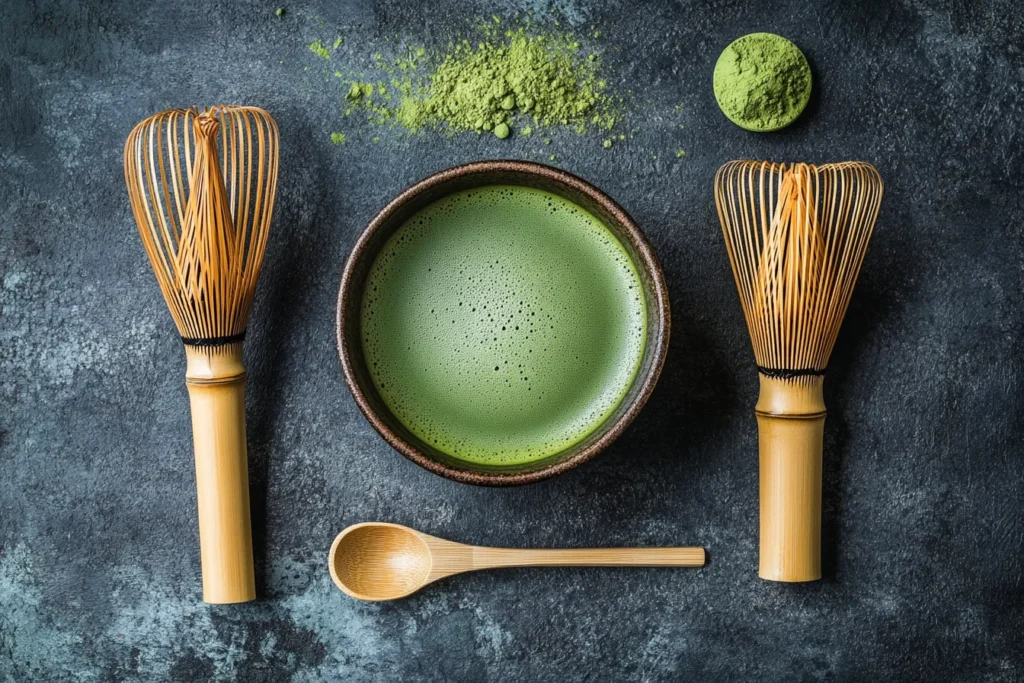
How to Make the Perfect Matcha at Home
Matcha isn’t just a wellness trend—it’s an art form. Preparing it properly can elevate the flavor, enhance absorption of nutrients, and create a calming ritual in your day.
Tools & Prep Tips
Here’s what you’ll need for an authentic matcha experience:
- Chawan (matcha bowl) – wide enough for whisking
- Chasen (bamboo whisk) – traditional tool for frothing
- Chashaku (bamboo scoop) – precise dosing
- Fine sifter – to remove clumps for a smoother mix
Before preparing matcha, always sift the powder into your bowl. This prevents clumps and ensures even mixing. Use hot water (not boiling!) ideally around 160–175°F (70–80°C) to avoid bitterness and preserve nutrients.
Simple At-Home Recipe
Basic Usucha (Thin Matcha) Recipe:
- 1/2 tsp (1 gram) ceremonial-grade matcha
- 2 oz (60 ml) hot water (around 175°F / 80°C)
Steps:
- Sift the matcha into your bowl.
- Add hot water slowly.
- Using your bamboo whisk, whisk briskly in an “M” or “W” motion until the matcha is frothy and smooth (about 15–30 seconds).
- Drink immediately and enjoy!
Optional Variations:
- Matcha Latte: Add steamed milk (dairy or plant-based) and sweetener if desired.
- Iced Matcha: Dissolve matcha in cold water, shake with ice, and top with milk or citrus for a refreshing summer drink.
This daily ritual can offer calm, focus, and health benefits without the need for café prices or artificial ingredients. Plus, preparing your own matcha allows you to control quality, flavor, and cost.
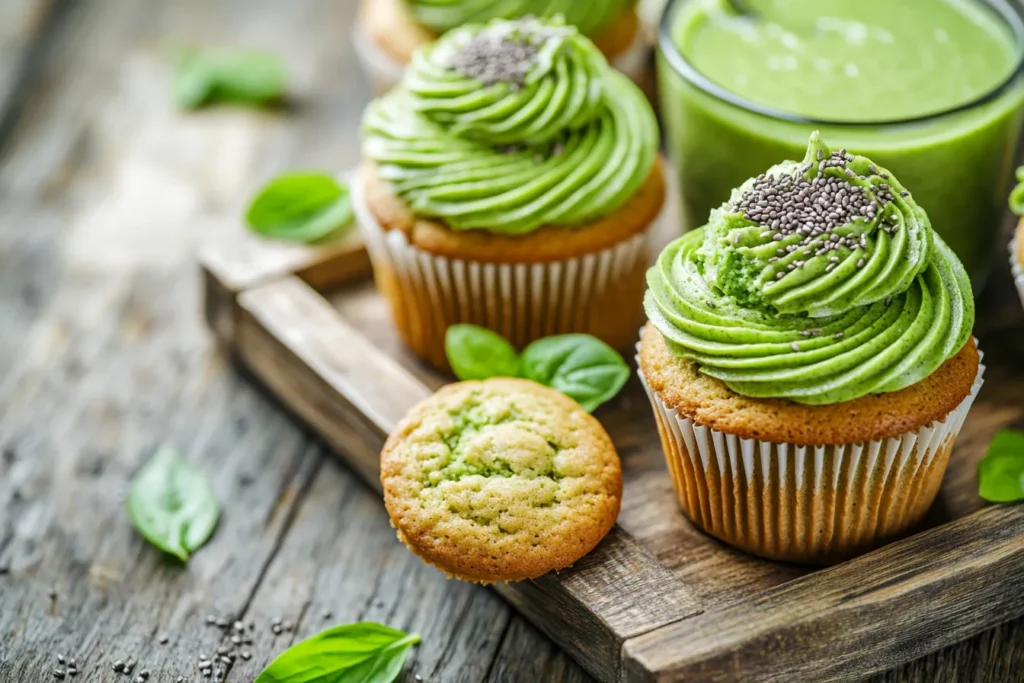
Creative Uses – Beyond the Traditional Cup
Lattes, Smoothies & Snacks
Matcha’s versatility is one of its greatest assets. Beyond the classic cup, it has found its way into modern culinary creations across cafés, health food stores, and home kitchens. Whether hot or cold, savory or sweet, matcha adapts beautifully into countless formats:
Matcha Lattes
Matcha lattes are now staples in most trendy cafés. To make one at home, simply whisk 1/2 tsp of matcha in a small amount of hot water, then pour over 6–8 oz of warm, frothed milk (plant-based or dairy). Add honey, vanilla, or cinnamon for flavor variation.
Matcha Smoothies
Blend 1/2 tsp of matcha with banana, spinach, oat milk, and a scoop of protein powder for a vibrant green smoothie. The caffeine from matcha offers sustained energy without the sugar crash from traditional energy drinks.
Energy Bites & Protein Balls
Matcha pairs well with nut butters, dates, coconut, and oats to create no-bake energy balls. These are perfect for meal prep or a mid-morning snack that supports focus and metabolism.
Baking, Ice Cream, and Desserts
Matcha’s earthy, umami-rich flavor also lends itself to a wide range of sweet treats. In fact, many professional chefs and home bakers are using matcha to add color, antioxidants, and flair to their desserts.
Popular Matcha-Inspired Desserts:
- Matcha Cheesecake – vibrant, creamy, and tangy
- Matcha Ice Cream – common in Japanese restaurants, often paired with mochi
- Matcha Cookies or Shortbread – earthy, crisp, and perfect with tea
- Matcha Pancakes or Waffles – a healthy breakfast twist
- Matcha Muffins or Cupcakes – with white chocolate or lemon zest
Tip: When baking with matcha, always use culinary-grade matcha. It’s more robust in flavor and holds up better under heat. Ceremonial grade is too delicate and expensive for baking purposes.
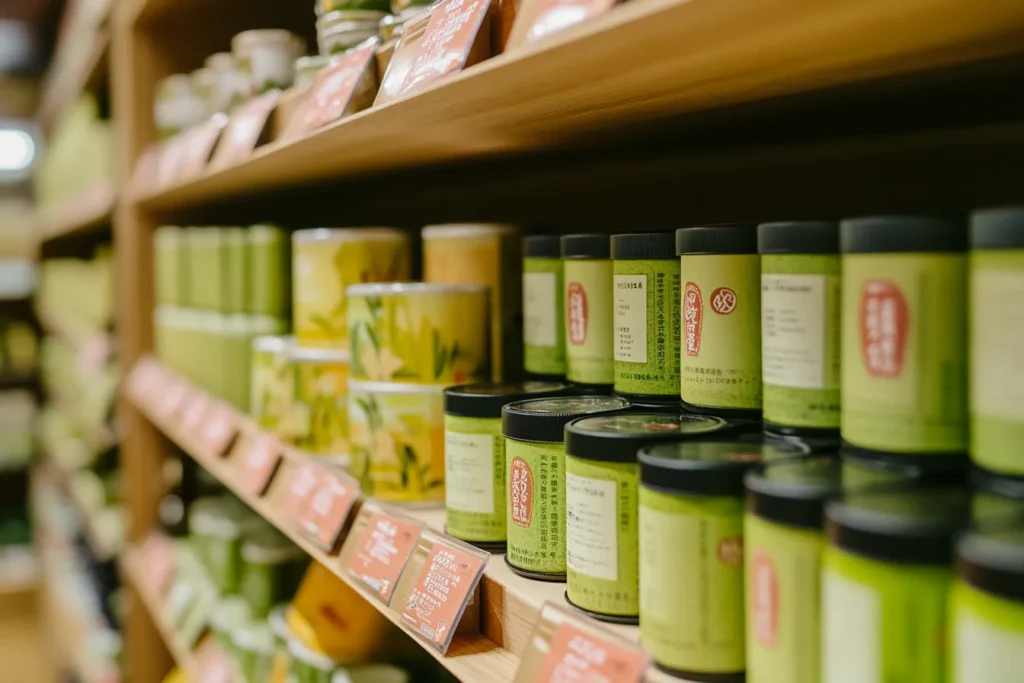
Where to Buy Authentic Matcha (and Avoid Fakes)
Recognizing Ceremonial vs Culinary Grade
If you’re buying matcha for the first time, understanding the difference between grades is crucial:
- Ceremonial Grade: Vibrant green, smoother taste, ideal for drinking with water only. Usually made from first harvest leaves and costs more.
- Culinary Grade: Slightly duller color, stronger and slightly bitter flavor. Better for cooking, smoothies, and lattes.
Make sure the product clearly states the grade, origin (Japan is preferred), and includes certifications such as USDA Organic or JAS (Japan Agricultural Standards).
Trusted Brands and Regional Sources
As matcha’s popularity grows, so do counterfeit and low-quality products. Some matcha powders are mixed with fillers, sweeteners, or low-grade leaves. To ensure you’re getting the real deal, consider these trusted sources:
Recommended Brands (non-sponsored suggestions):
- Ippodo Tea Co. (Kyoto) – Known for premium ceremonial matcha sourced directly from Japan.
- Matcha.com – Founded by Dr. Andrew Weil, this brand focuses on purity and lab-tested quality.
- Encha Organic Matcha – Offers both ceremonial and latte blends, 100% organic and farm-direct.
- Jade Leaf Matcha – Widely available and certified organic, perfect for beginners.
Where to Buy:
- Online Specialty Stores: Many direct-to-consumer Japanese brands offer global shipping.
- Local Asian Markets: Look for sealed tins with Japanese labeling and expiration dates.
- Natural Health Stores: Whole Foods, Sprouts, and similar retailers stock vetted brands.
Avoid matcha sold in clear plastic containers or pouches without airtight seals—it can degrade quickly when exposed to light and air.
FAQ
What’s the difference between ceremonial and culinary matcha?
Ceremonial matcha is made from the youngest leaves of the first harvest. It’s bright green, smooth, and slightly sweet—ideal for drinking straight with water. Culinary matcha, on the other hand, is more robust and slightly bitter, making it better suited for baking, smoothies, and lattes. The difference lies in both flavor profile and purpose, not just price.
How much matcha is safe per day?
For most adults, consuming 1–2 servings (1–2 grams) of matcha daily is safe and beneficial. However, due to its caffeine and high antioxidant content, overconsumption may lead to side effects such as insomnia, headaches, or digestive issues. Pregnant and breastfeeding individuals should limit intake and consult a healthcare provider.
Can matcha help with weight loss?
Yes. Matcha may support weight loss by boosting metabolism and enhancing fat oxidation. Its EGCG compounds have been shown to improve fat burning during moderate exercise. Additionally, matcha helps curb appetite and provides sustained energy, making it a popular companion in fitness and diet routines.
Does matcha taste bitter, and how to reduce it?
High-quality ceremonial matcha should taste smooth, grassy, and slightly sweet, not bitter. If your matcha is bitter or chalky, it might be low-quality or improperly prepared (e.g., with boiling water). To reduce bitterness:
- Use cooler water (around 175°F / 80°C)
- Whisk thoroughly to aerate
- Add a touch of milk or sweetener if desired
Is matcha gluten-free and vegan?
Yes, pure matcha powder is naturally gluten-free and vegan. However, be cautious of pre-mixed matcha blends, lattes, or ready-to-drink options which may contain dairy, sweeteners, or additives. Always check the ingredient list and look for certified labels.
Where does the matcha shortage currently affect shops?
The matcha shortage is most noticeable in North America and parts of Europe, especially among small cafés and independent wellness brands. Supply chain delays, climate challenges, and explosive demand have caused delays and price spikes. According to Time, several U.S. cafés have been forced to limit or temporarily remove matcha offerings from their menus.
Conclusion
Matcha’s rise from a centuries-old ceremonial drink to a global superfood powerhouse is nothing short of remarkable. Rich in antioxidants, packed with calming energy, and incredibly versatile, it offers more than just a caffeine kick—it represents wellness, mindfulness, and cultural appreciation.
Whether you’re sipping a hot bowl of ceremonial-grade matcha or baking green tea cookies at home, the key is knowing what to look for: authenticity, freshness, and sustainability. And with matcha’s popularity only growing, staying informed about sourcing, preparation, and ethical consumption will help you enjoy every sip to its fullest.
So next time you reach for your favorite matcha latte, remember—you’re not just indulging in a trend. You’re taking part in a legacy.
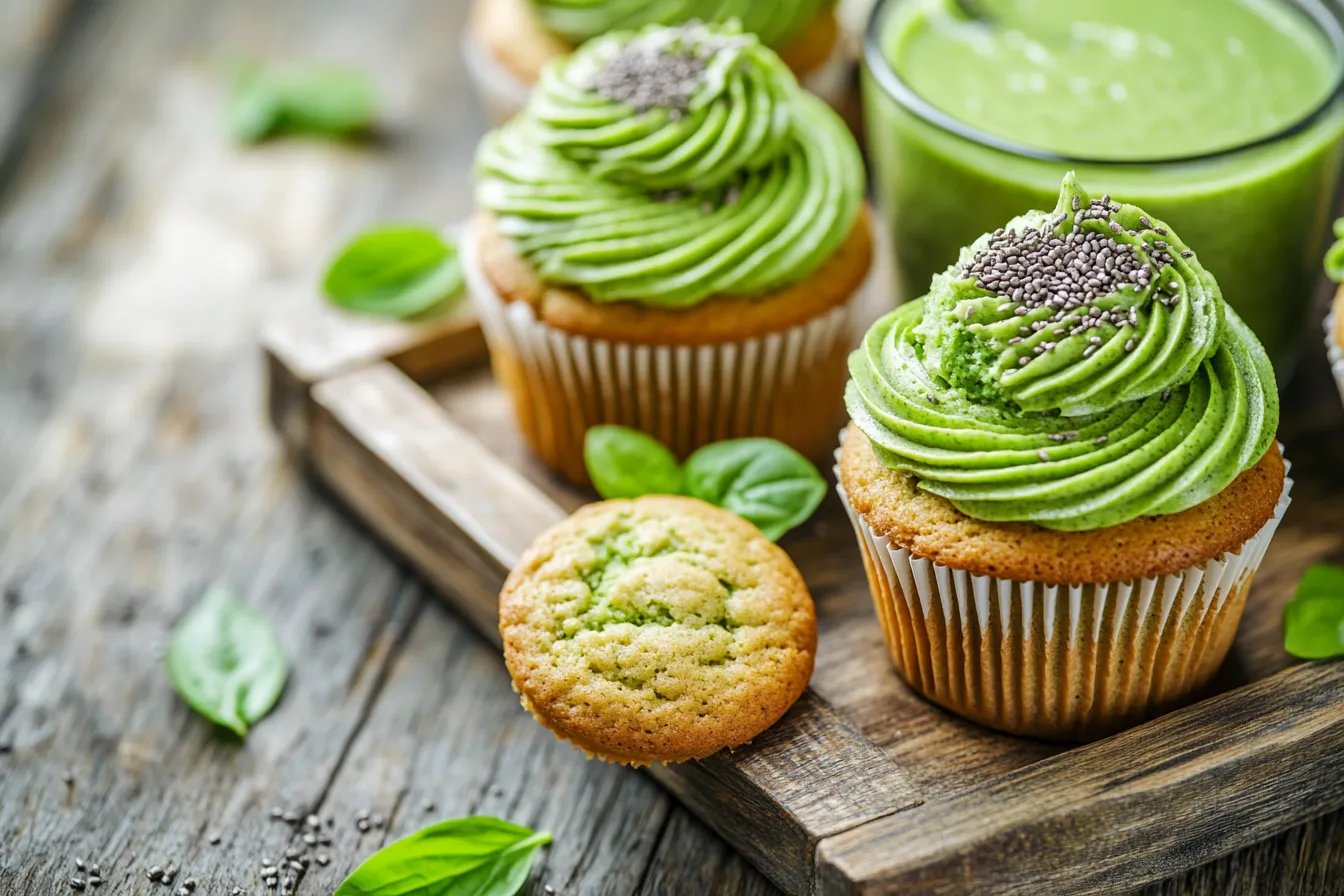
Name: Classic Japanese Matcha Tea
Ingredients
Equipment
Method
- Instructions:
- Sift the matcha powder into the bowl using a fine mesh sieve to remove clumps.
- Add 2 oz of hot water (do not boil).
- Whisk briskly in a zig-zag motion (M or W shape) using the chasen until frothy and smooth on the surface.
- Serve immediately and enjoy.

